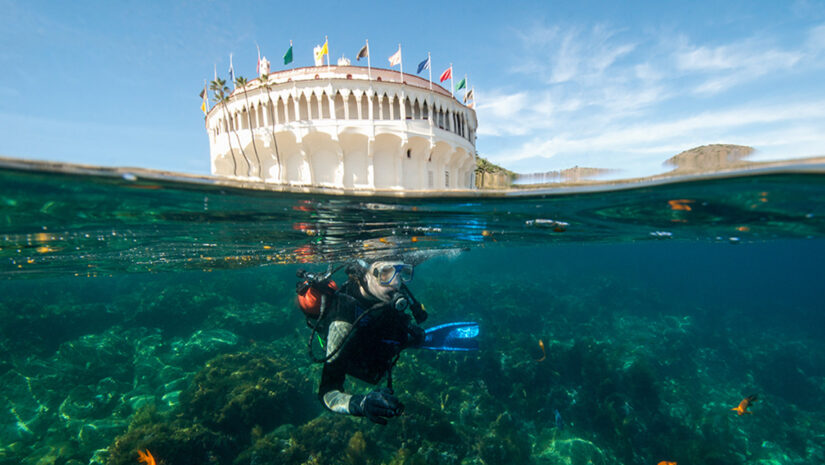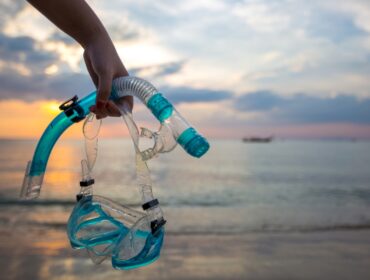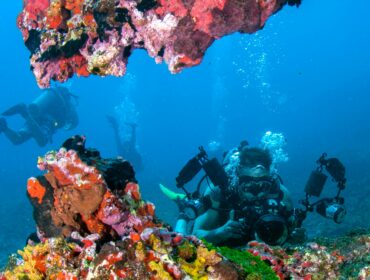With ports of call throughout the Caribbean, South America, Mexico, and anywhere else the ocean allows, it’s no wonder many divers hop aboard cruise ships to get to their dream dive destinations. International travel with a large amount of gear divers can be a challenge. What can you bring, and what do you have to plan on renting once you reach your island paradise? Here is some important intel about scuba travel and cruise ships.
First, check with the cruise line before booking any travel. Some of them ban scuba gear altogether. Others don’t allow you to bring tanks, empty or filled. Many cruise lines will ask that you leave your dive knife at home, while others may let it under controlled circumstances. So, it pays to do your research ahead of time. If you are allowed to bring a dive knife aboard, expect to be required to check it with the ship’s security. They will hold it until you leave the boat for a dive excursion. Be aware of local laws in your destination and see if they allow you to bring a knife when diving. A pair of EMT scissors or an EEZYCUT may be a viable substitute.
Many reef-heavy destinations do not allow divers to wear gloves, so you may not need to pack yours. This is for the safety of the reef. Given the warmer waters, this should not affect your comfort level in the water too much. Back to knives, some countries don’t allow dive knives for the same reason.
In Closing
As mentioned, combining scuba travel and cruise ships means you may have to leave your tanks at home. Call the dive centers at your destination to ensure the types of tanks you are used to diving with are available. If, for example, you only ever dive steel tanks and all the rentals are aluminum, book a practice session at your local dive center. Since a change in tank style will affect your buoyancy control, making a trial run to test different weighting before your vacation will save you valuable time at the dive site.
Scuba travel and cruise ships can be complementary, and doing a little research prior to departure can help avoid hassles and disappointments when checking in at the port.





